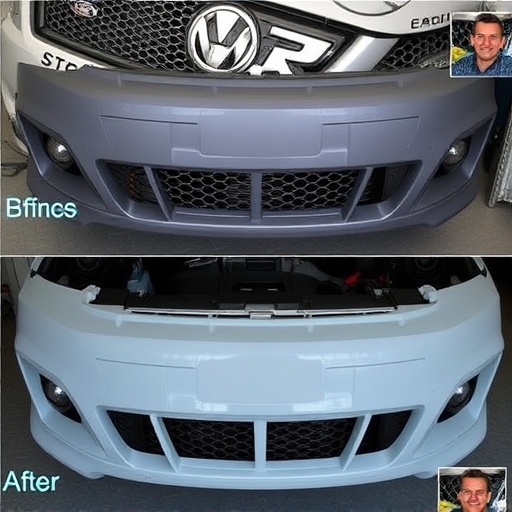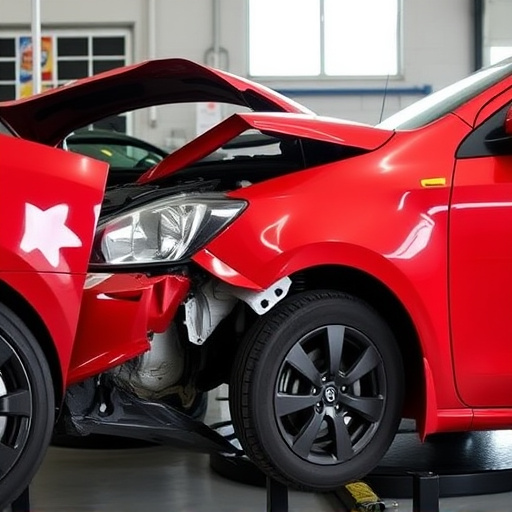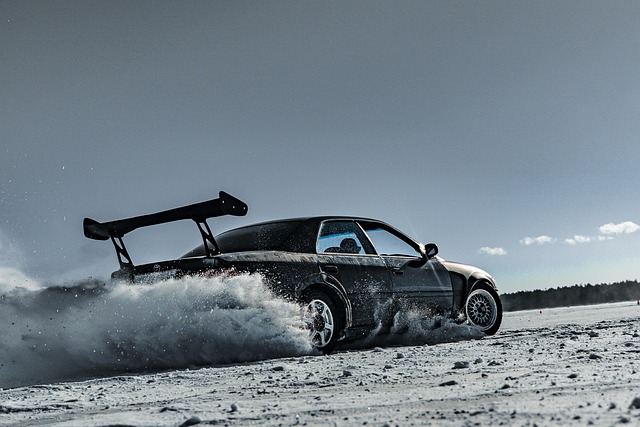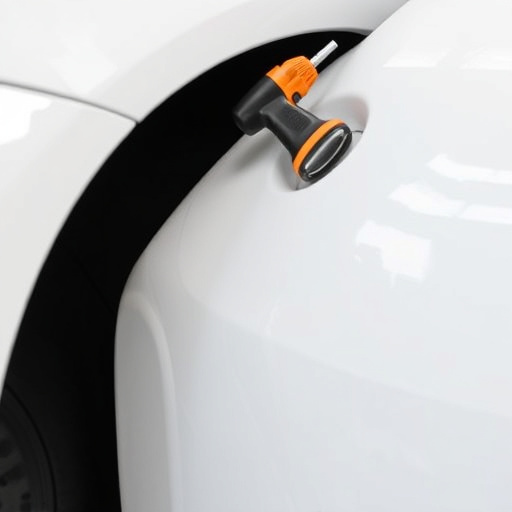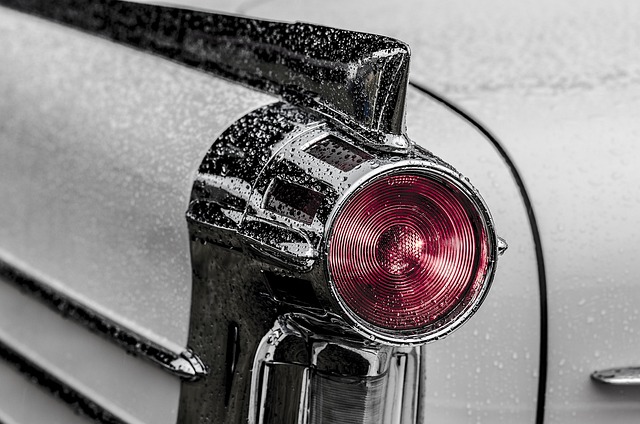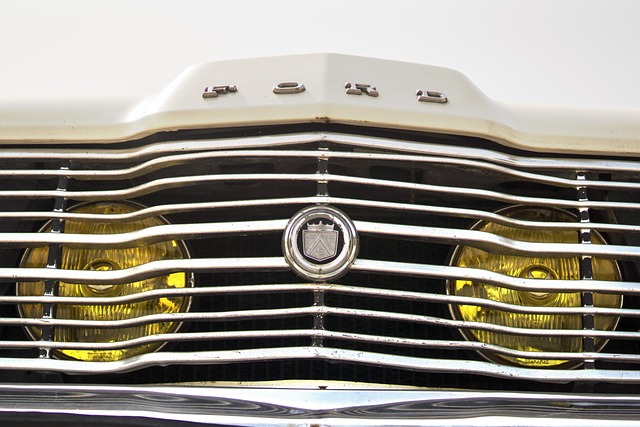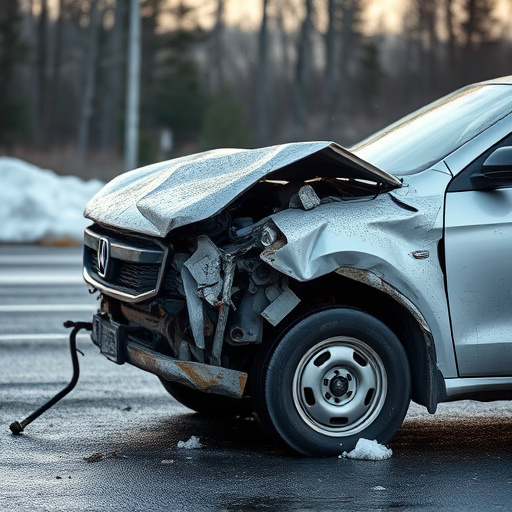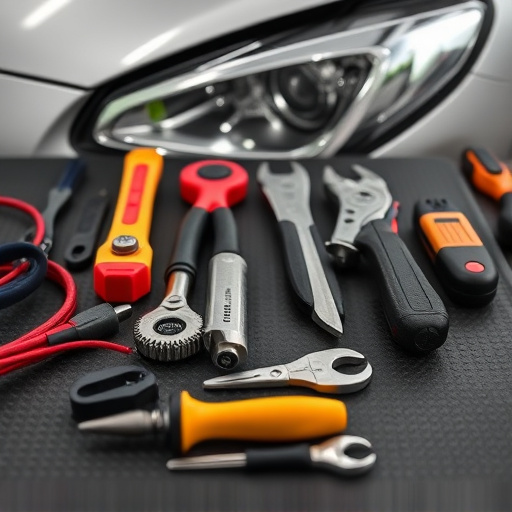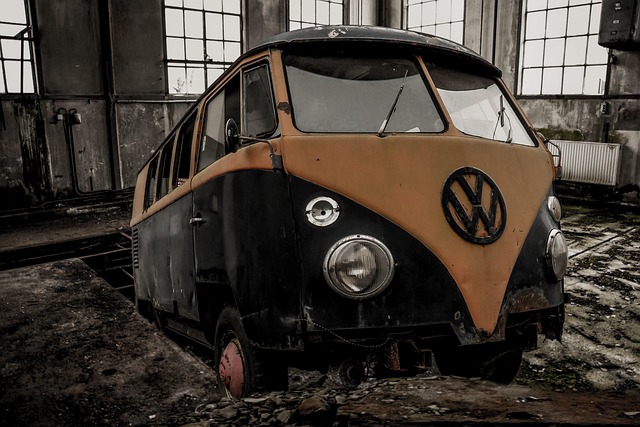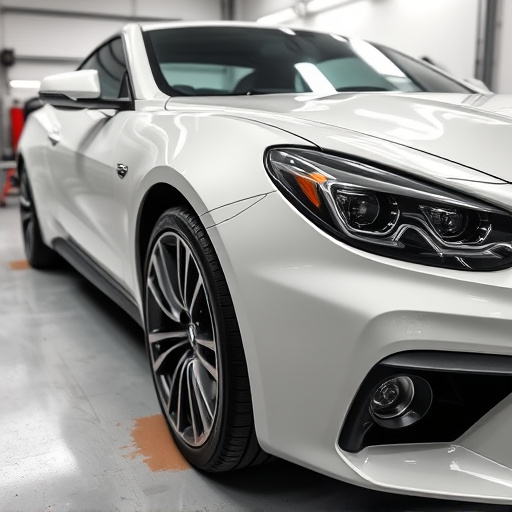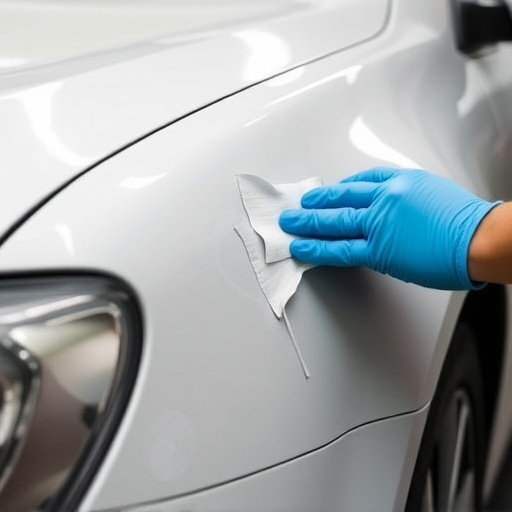Proper care is vital for maintaining chrome trim's aesthetics and durability. Regular washing, quick drying, and semi-annual coating protect against rust and damage caused by elements like salt, tree sap, and UV rays. Early detection of wear or damage through inspections can prevent costly collision repairs, ensuring long-lasting protection with quality replacements from trusted suppliers.
Protecting your vehicle’s chrome trim from rust and damage is essential for maintaining its aesthetic appeal. Chrome, while stylish, is vulnerable to corrosion and deterioration, especially in harsh weather conditions. This article guides you through the process of safeguarding your new chrome trim. We’ll explore effective protection methods, from regular maintenance to advanced coating techniques, ensuring your trim stays pristine. Additionally, we’ll teach you how to recognize signs of damage and source high-quality replacement parts for chrome trim, emphasizing the importance of prompt action to prevent further issues.
- Understanding Chrome Trim: Materials and Vulnerability to Rust
- Steps for Effective Protection: Maintenance and Coating Techniques
- When Replacement is Necessary: Identifying Signs of Damage and Finding Quality Parts
Understanding Chrome Trim: Materials and Vulnerability to Rust
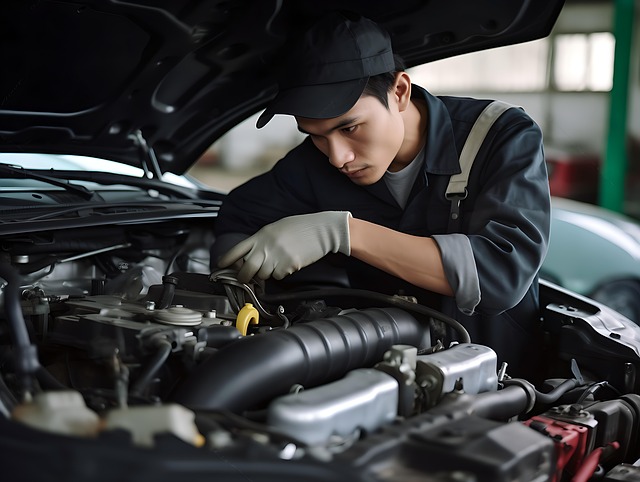
Chrome trim, often a decorative element found on vehicles, is primarily made from zinc or aluminum alloy, which is designed to resist corrosion and provide a sleek, polished look. However, over time, these materials can become vulnerable to rust and damage, especially in regions with high humidity or severe weather conditions. This is where proper care and maintenance come into play to ensure your vehicle’s chrome trim remains in top condition.
In automotive collision repair or vehicle body repair scenarios, chrome trim replacement might be necessary when the existing trim shows signs of rust, pitting, or significant damage. The vulnerability of these materials highlights the importance of regular cleaning and application of protective coatings recommended by auto manufacturers. Understanding these vulnerabilities is a crucial first step in safeguarding your vehicle’s aesthetic appeal and ensuring long-lasting performance, thus avoiding costly chrome trim replacement in the future.
Steps for Effective Protection: Maintenance and Coating Techniques
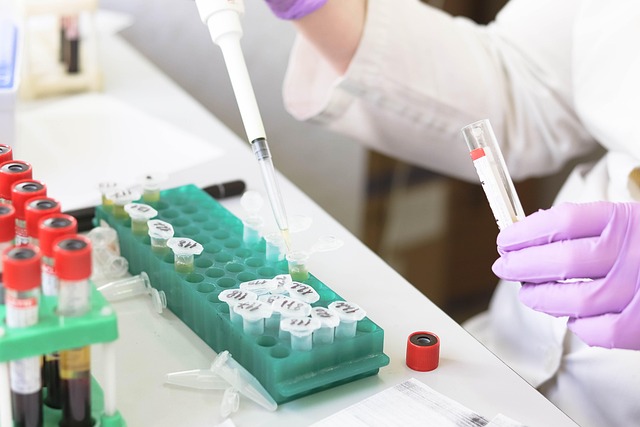
Protecting new chrome trim from rust and damage involves a combination of careful maintenance and strategic coating techniques. Start by regularly washing your vehicle to keep the chrome trim clean and free from dirt, salt, and other debris that can accelerate corrosion. Use a dedicated car wash to avoid harsh chemicals or abrasive materials that could scratch the surface. After washing, ensure thorough drying to prevent water spots, which can create habitats for rust.
For added protection, consider applying high-quality chrome guard coatings available at reputable auto body services or collision repair centers. These protective layers form a barrier between the chrome trim and environmental elements, shielding it from UV rays, bird droppings, tree sap, and other damaging substances. Regular reapplication of these coatings—ideally every 6 to 12 months—will ensure maximum protection, preserving the gleam and integrity of your new chrome trim for years to come, preventing unnecessary trips for costly chrome trim replacement.
When Replacement is Necessary: Identifying Signs of Damage and Finding Quality Parts
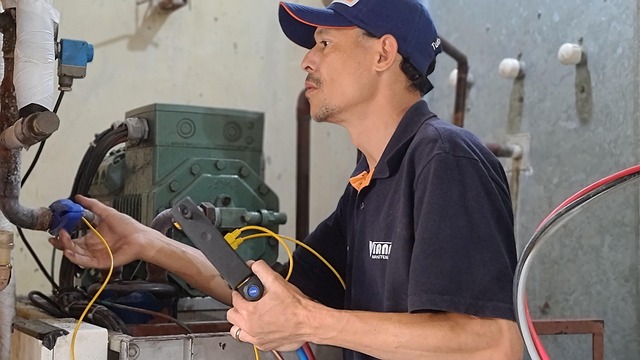
If your vehicle’s chrome trim has seen better days, it might be time to consider a chrome trim replacement. Over time, this decorative element is prone to damage from various factors like road debris, accidental bumps, and exposure to harsh weather conditions. Rust is also a common issue, especially if the underlying metal has been compromised.
Identifying signs of damage early on can save you from costly repairs later. Look for cracks, chips, peeling, or flaking of the chrome finish. If you notice any signs of rust, it’s crucial to address the issue promptly. When considering a replacement, source quality parts from reputable suppliers to ensure they match the original specifications and fit perfectly. Opting for genuine or certified aftermarket parts can be beneficial in terms of durability and long-term performance, preventing further damage and enhancing your vehicle’s aesthetic appeal through proper vehicle repair.
Protecting your vehicle’s chrome trim from rust and damage is essential for maintaining its aesthetics and resale value. By understanding the vulnerabilities of different materials, implementing regular maintenance routines, and employing protective coatings, you can extend the life of your chrome trim. If damage does occur, being aware of the signs and knowing where to source high-quality replacement parts ensures a seamless restoration process. Remember, proper care and timely intervention are key to preserving the vibrant and polished look of your car’s chrome trim, ultimately enhancing its overall appeal and value, especially when considering potential chrome trim replacement.
